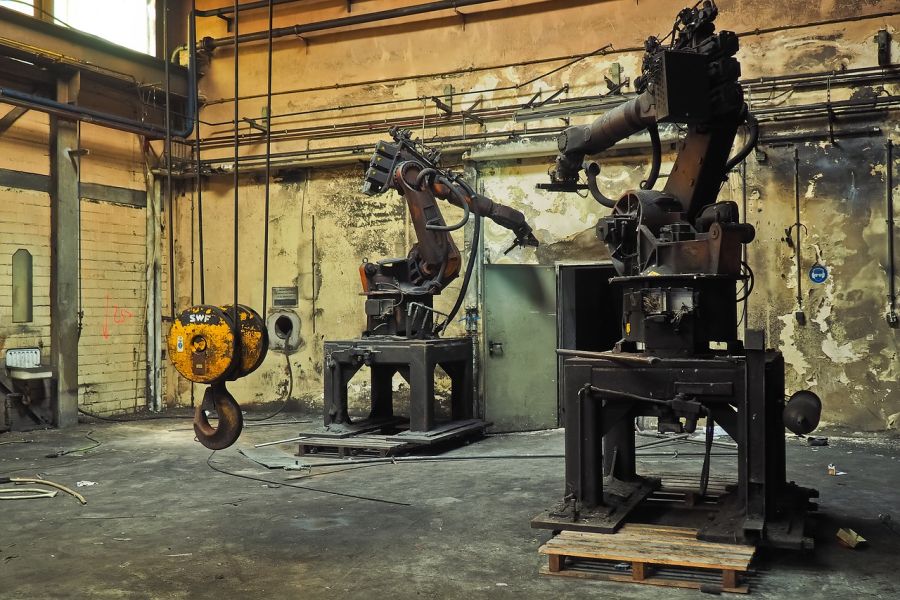Industrial Robotics Market to Reach $68 Billion by 2020
The global market for industrial robotics is expected to grow at a CAGR of 14 percent until 2020, according to Beroe Inc, a procurement intelligence firm. The increase in demand for robots is mainly boosted by companies who wish to improve the productivity of their complex production lines along with cost savings, improving quality, and increasing manufacturing flexibility through automation.
China, South Korea, Japan, the U.S., and Germany are the top five markets for robotics and contribute to nearly 75 percent of the global sales volume combined. China leads the position as the biggest market with a share of 27 percent. In Asian countries such as Taiwan, Korea, and China, Government policies such as tax incentives are expected to drive the growth of the industrial robotics market.
Beroe, which is based in North Carolina, further stated that procurement experts can access this report on its recently launched market intelligence platform Beroe LiVE: live.beroeinc.com.
A major technical breakthrough in the robotics industry has been the progress in material technology, which led to extra weight reduction in robots. Furthermore, the progress in the servomotor and driver technology led to the improvement of energy rate density and comprehensive research. It is related to robot-work piece positioning control led to significant developments in the efficiency of robotic systems.
The high initial costs involved in the setting up of robots' deter the growth of the market as it takes a longer period to recover the return on investment (ROI). Additionally, the availability of low-cost labor across developing countries has also limited the growth of the robotics market. However, the constant requirement to modernize manufacturing facilities to tackle the increasing labor costs, an aging workforce, and increasing focus on productivity and quality will stimulate the market for robots in the manufacturing and industrial sector.
Key Findings:
- The main drivers for the growth of robotics are the adoption of automation to focus on quality, reliability, and efficiency which has also led to higher robot density in the automotive industry.
- Recent technological advancements in robotics and artificial intelligence have led to the introduction of Internet of Robotic Things (IoRT), which makes use of devices to fuse sensor data from multiple sources and use intelligence to determine the course of action.
- Collaborative robots are observing a substantial increase in their production as their affordability and ease of use are making them accessible to businesses of all sizes.
- The average maintenance cost of a robotic system is approximately $1,000 per year, with periodic replacement and servicing costs every five years, which can range between $10,000 - 100,000.
- Kawasaki is a primary robotics company headquartered in Japan with more than 45 years of experience in developing robots. Kawasaki produces robots which are used in assembly, handling, welding, painting, sealing, and other industrial processes.
The research methodology adopted for the report included:
- Experts with twenty years of domain experience
- Interaction with buyers
- Inputs from supply chain partners
The global IoRT market is expected to reach $21.44 billion by 2022, growing at a CAGR of 29.7 percent. This tremendous growth is stimulated by the projected adoption of IoRT in the e-commerce industry, integration of robots with various technologies, and quicker ROI. Moreover, IoRT enables robots to synergize sensor data from multiple sources and use artificial intelligence in making real decisions to determine its actions and control physical objects.
The report also includes:
Market Analysis:
- Global Market Overview
- Regional Market Outlook
- Global Drivers and Constraints
- Major Types of Industrial Robots
- Adoption Rates Across Various Industries
- Major Technical Breakthroughs in The Robotics Industry
- Industrial Robotics in Automotive Industry
Procurement Best Practices:
- Robotization across Various Sectors
- Internet of Robotic Things (IoRT)
- Collaborative Robots (COBOTS)
- Case Studies
Cost & Pricing Analysis:
- Cost Break-up
- Operating Costs: Human Labor versus
- Robotic System
- Cash Flow Analysis
